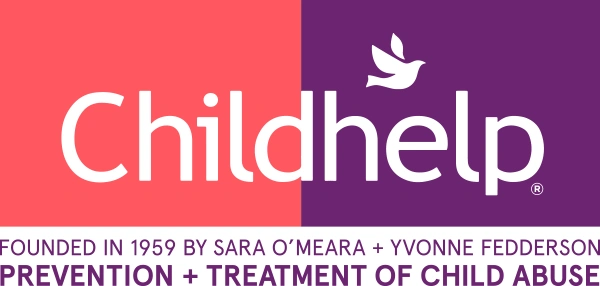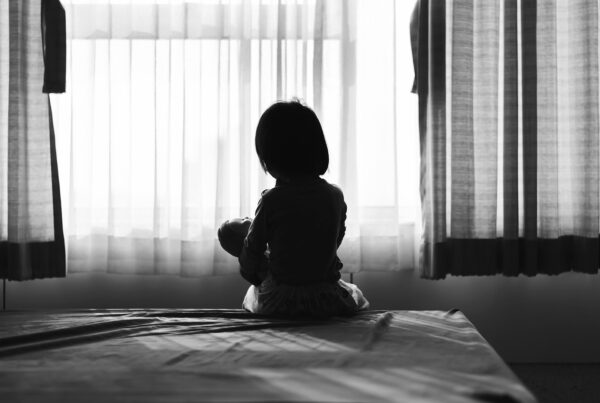As children return to school, concern for classroom safety has rarely been higher; still, compassionate teachers, dedicated administrators, and terrific staff all team with families, neighborhoods, and faith communities to nurture a safe and healthy community of young learners.
Childhelp created this quick checklist for meet-the-teacher nights, school open houses, campus safety meetings — and other similar opportunities — to learn more about how your child’s school keeps kids safe and healthy while helping them learn, and how you can help your student stay safe.
Stay ahead of threats
While no organization can foresee every potential hazard, schools take steps to improve physical security and identify sources of threats before harm occurs.
A school might have a law enforcement officer, “School Resource Officer” (SRO), a “School Safety Officer” (SSO); and/or a private security guard. There may be a school threat assessment team that is trained to keep an eye out for security threats and help develop and implement school safety plans.
Take it personally: Parents should feel free to ask about security personnel and practices at their child’s school, to inquire about special security training for staff, threat assessment practices and who is on the team that oversees site safety.
Emergency plans and regular drills
Every school and school district has (or should have) a set of emergency plans. These plans cover everything from a medical emergency, to an active shooter incident; from a fire to other potential disasters. In most classrooms, there is an emergency reference card, with steps to take for each emergency, and a map of exits.
It’s okay to ask a teacher or an administrator for more information and details about a school’s Emergency Operations Plan, safety drills, fire equipment, and how a student is expected to handle different emergency scenarios.
Help at home: Work with your family to write your own home emergency plan; check fire alarm batteries and fire extinguishers … plan a home fire drill!
Protect sensitive data, bolster cybersecurity
As if the challenge to keep a school safe isn’t great enough, increasingly connected students and teachers rely on technology that opens doors to a much larger world. Unfortunately, people in that larger world may not always have your child’s well-being in mind. By deceit and technical skullduggery, these bad actors threaten to seize networks with ransomware and target databases full of sensitive student data. Some use the cover of the internet and its relative anonymity to gain children’s trust to manipulate and abuse.
Take it personally: Learn more about the policies around electronic devices, networks, and software at your child’s school and make sure your student knows what is expected.
Healthy schools, healthy neighborhoods
Schools play a very important role in helping a community stay healthy. School nurses often act as first-line responders during public health emergencies and play an important role in encouraging vaccination against communicable diseases.
Breakfast and lunch programs in school cafeterias help make sure all children have access to the nutrition they need. Furthermore, schools and districts are often responsible to screen preschool-age children and address special needs early — putting parents of at-risk children in touch with resources right away.
Healthy schools, healthy families, healthy kids!
Help at home: Keep your child home if he or she has any of the following symptoms in the last 24 hours: fever, vomiting, diarrhea, rash, lesions/blisters. Check with your doctor to make sure your child is caught up on vaccines.
Mental health taken seriously, bullying under control
Keeping mental health services in reach for students helps them succeed and can improve the school climate, improving outcomes across the board. On the other hand, when students face bullying and cyberbullying, their physical safety and emotional well-being come under fire, risking escalation at school and out of school.
Students with special mental health needs are at much higher risk of bullying and harassment too. In addition to offering abuse and bullying prevention programs like Childhelp Speak Up Be Safe, schools can support counselors and mental health professionals as part of a multi-tiered system of support, while promoting character and a positive school climate.
Take it personally: If your student is coping with stress, trauma, or a mental health disorder, he or she might benefit from individualized plans and accommodations designed to help. Talk to a teacher, counselor or principal for more information.
Campus climate: Connected and positive
One of the most important prevention strategies for schools is understanding that there are a range of factors that influence school safety. Nurturing a safe school climate entails improving overall quality of life at school by promoting connectedness and respect among classmates, between teachers and students, and throughout the entire community.
Behavioral support, character development, and positive, inclusive activities all help improve the school climate, reduce violence, and improve academic success.
Help at home: Are there opportunities to volunteer at your child’s school? What types of clubs and activities interest your child?
———
For more information and resources on safe schools visit schoolsafety.gov.



